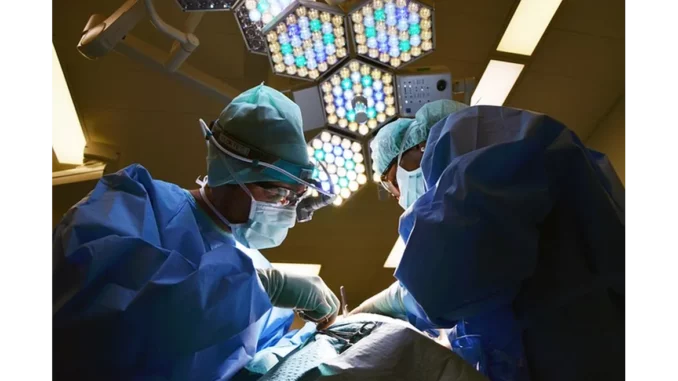
In the swiftly advancing realm of medical imaging, radiology stands at the forefront of a transformative era. The discipline is undergoing significant changes, driven by technological innovations that promise to enhance patient care and streamline medical processes. During a recent conversation with Dr. Emily Harrington, a distinguished radiologist with over twenty years of experience, I gained a deeper understanding of how these advancements are revolutionising healthcare. Dr. Harrington’s passion for her field was palpable, and her insights shed light on the cutting-edge developments shaping the future of radiology.
A key area of transformation in radiology is the integration of artificial intelligence (AI). Dr. Harrington described AI as akin to having an exceptionally skilled assistant, capable of analysing medical images with remarkable precision. AI’s machine learning algorithms are adept at recognising patterns, identifying abnormalities, and even predicting potential diagnoses. “AI is not about replacing radiologists,” Dr. Harrington stressed. “Rather, it enhances our capabilities, enabling more informed decision-making.” This technology is also revolutionising imaging workflows by automating tasks such as image segmentation and anomaly detection, thereby speeding up the diagnostic process without compromising accuracy.
Beyond AI, advancements in 3D and 4D imaging are pushing the boundaries of traditional radiology. Dr. Harrington explained that these technologies are overcoming the limitations of conventional two-dimensional images. Advanced 3D imaging reconstructs detailed anatomical views, allowing clinicians to visualise organs and tissues with unprecedented clarity. The progression to 4D imaging adds a temporal dimension, capturing real-time movements like blood flow or joint motion. “It’s akin to transitioning from static photographs to dynamic videos,” Dr. Harrington illustrated. These dynamic capabilities significantly aid in precise surgical planning and the ongoing monitoring of conditions such as cardiovascular disease. With continuous enhancements in resolution and accessibility, 3D and 4D imaging technologies are becoming indispensable tools in diagnosis and treatment planning.
Further technological strides are being made with new materials that improve image quality while ensuring patient safety. Photon-counting detectors in CT scans, for instance, offer sharper visuals while reducing radiation exposure—a crucial development in fields like mammography. Here, advanced contrast agents and high-sensitivity materials are enhancing image clarity, facilitating improved detection of breast cancer. Dr. Harrington highlighted how these innovations allow medical professionals to focus on precision without compromising patient safety, an essential consideration in modern healthcare.
Hybrid imaging techniques represent another leap forward, offering a comprehensive approach to diagnosis by combining different modalities. Techniques like PET-CT and SPECT-CT merge detailed anatomical views with functional imaging, providing a fuller picture of diseases’ effects on the body. “It’s like having two tools working in tandem,” Dr. Harrington elaborated, “one revealing the structure while the other follows biological processes.” This approach not only enhances diagnostic accuracy but also minimises redundant testing, streamlining treatment planning. As hybrid imaging continues to evolve, it promises more efficient and reliable medical assessments across a range of conditions.
Perhaps one of the most groundbreaking developments is the rise of portable radiology devices, which are democratizing access to medical imaging. Compact and mobile X-ray machines, alongside handheld ultrasound equipment, are making diagnostics more accessible, particularly in remote or underserved areas. “These technologies are truly game-changers,” Dr. Harrington remarked. They enable healthcare providers to deliver imaging services directly to patients, whether in rural villages or during emergencies and natural disasters, thus saving critical time and potentially lives. As these portable devices advance, they are bridging significant gaps in healthcare accessibility, ensuring that even the most remote communities can benefit from state-of-the-art radiology services.
As my discussion with Dr. Harrington concluded, she expressed a hopeful vision for the future of radiology. “We are on the cusp of a transformative era,” she noted, her enthusiasm evident. “These innovations are not only enhancing accuracy and efficiency but are also making healthcare more inclusive and accessible to all.”
The advancements in radiology technology are indeed reshaping the landscape of healthcare. From the integration of AI and sophisticated imaging techniques to the proliferation of portable devices, the field is charting a course towards a future where precision, accessibility, and safety are paramount. These trends promise a new chapter in modern medicine, where well-informed decisions lead to improved patient outcomes across the globe.


Be the first to comment